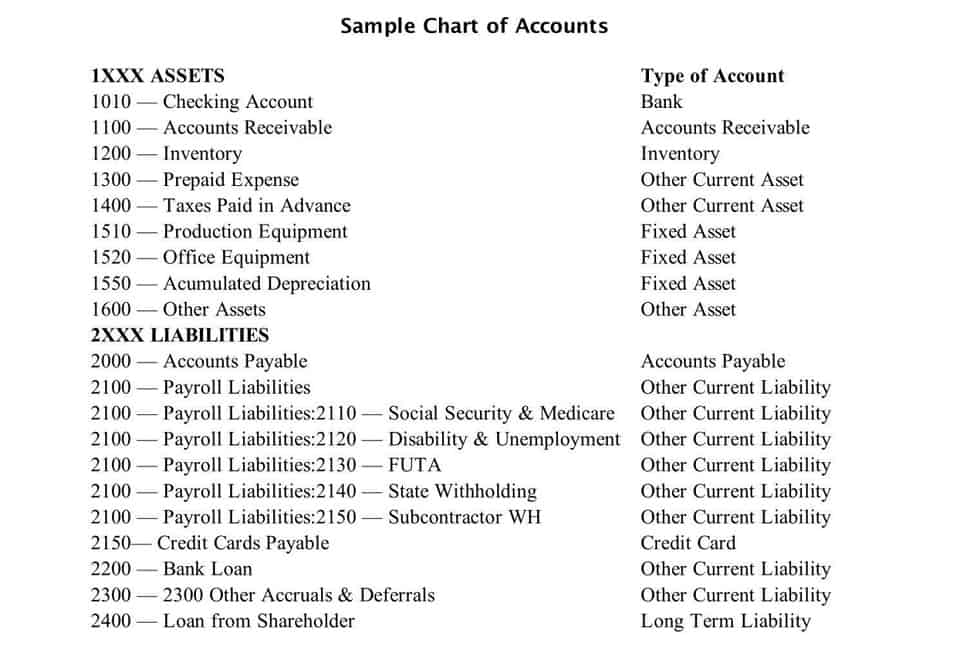🤩 Before posting, search the sub, read the wiki, and follow the rules. In other rare cases, the founder or a major donor steps in to be the executive director without compensation. If a major donor is the executive director, the organization may be at risk of failure if the donor leaves.
VIDEO: Opening a Bank Account for a New Nonprofit 5-Minute Lessons 4 Nonprofits
- About 21% of all non-profits have an annual budget of less than $50,000 – that’s basically one full time employee scrounging for rent.
- But executive director salaries can also be affected by operational challenges or dynamics.
- An operating, or operational, budget outlines the funds you need to make your business run efficiently and successfully during a period.
- Of course, in this example, this organization would’ve had a much lower personnel expense ratio than many other nonprofits.
- Unlike some sectors, the nonprofit sector can feel like the wild, wild west when it comes to compensation, especially for its executives.
She used data from her peers in Metro Detroit to determine if her pay was aligned with the sector and region. Organizations should treat all employees equally in how you apply your compensation philosophy and you should have an HR professional and an attorney evaluate it annually. When a board hires an executive director, it decides to delegate the day-to-day execution, implementation, and decision-making to a chief executive.
What About Ratings on Sites Like Charity Navigator?
- Often, strategies must be tested in several different iterations, followed by course corrections, before the most effective ones emerge.
- My point, in sharing this example, is to emphasize the uniqueness of each organization’s personnel expense ratio depending on a variety of factors, including their volunteer culture.
- While this can be a time-consuming process, particularly for the first time with a new vendor, completing this step can offer a valuable contribution to the sector.
- On the other hand, many nonprofits struggle to give adequate compensation to their employees due to infrequent cash flow and tight operating expenses leading to high employee turnover.
Spend a half hour or an hour today or block off some time on your calendar to assess your budget. Or once they develop a good relationship with a grantmaker, they count on that grant to be renewed year after year and don’t search for new opportunities. Like the salaries/overhead question, this one is also often oversimplified.
Who Sets the Executive Director’s Compensation?
In short, yes, a nonprofit’s total asset valuation does typically impact the salary ranges for paid positions. According to the Bureau of Labor Statistics, nonprofits sometimes have higher salaries than for-profits. That may be possible because many nonprofits are large organizations that hire highly educated and well-compensated employees. A nonprofit medical center, for instance, has many doctors on staff, and a nonprofit university has well-paid professors and administrators. No hard and fast rules exist for compensation in a nonprofit, but the IRS can penalize both an organization and an individual for excessive pay. This expectation is embodied in the inurement clause governing nonprofit organizations.
Budgeting for Salaries is Key to the Nonprofit Budget Building Process
What’s important to keep in mind is that portions of your staff’s salaries can probably be allocated to program expenses. For example, imagine you’re the executive director of an organization that runs an afterschool program. That means that you’re spending 10 hours, or 25% of your 40 hour work week at the program.
June 8 is Equal Pay Day for nonprofit CEOs
- ChurchSalary is made possible through funding from the Lilly Endowment Inc.
- This stipulation is usually part of the requirements for government applications.
- Simply put, it measures how much revenue is being generated for every dollar that is spent on fundraising.
- Yes, while nonprofits have their own tax exemptions, employees are subject to the same payroll taxes as for-profits including federal income tax and FICA withholdings.
- The survey also showed that 42% were focused on correcting/addressing pay/benefits inequities.
- When using a percentage to allocate capital for administrative costs, two important factors include salary expenses and gross income.
Her most recent experience is fifteen years with accounting services for nonprofit organizations a $20 million Catholic charities agency in upstate New York. Her focus is on sharing with nonprofit leaders her lessons learned from 25 years of on-the-job training. To be clear, budgeting for grant proposals is not a theoretical exercise. The numbers will be the measure for your reports and payment requests.
An excellent first step is for your board to learn more about the various watchdog organizations and their standards. Determine whether they https://holycitysinner.com/top-benefits-of-accounting-services-for-nonprofit-organizati/ based the fundraising percentage on the percentage of total revenues, total expenses, or related contributions (revenues derived only from fundraising activities). Be aware that some watchdogs calculate figures based on multiple forms of percentages before awarding a nonprofit an ultimate ranking. Neither the ED’s salary — or other salaries — should cause undue financial stress on the organization.
Typically, the non-profit board includes a president, vice president, treasurer, and secretary. All board members, regardless of position, are volunteers and separate from paid staff of the organization. The president, the head of the organization, often represents the organization in the media, and runs board meetings.













